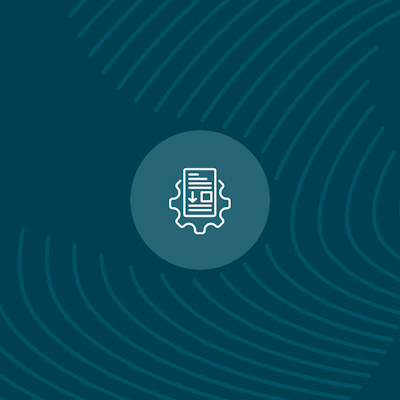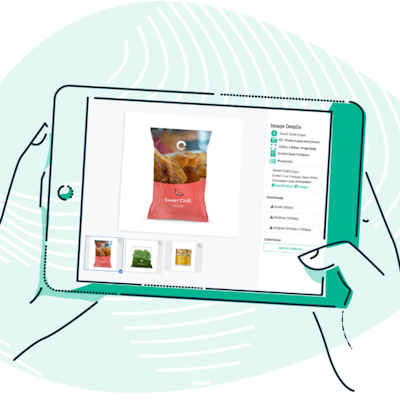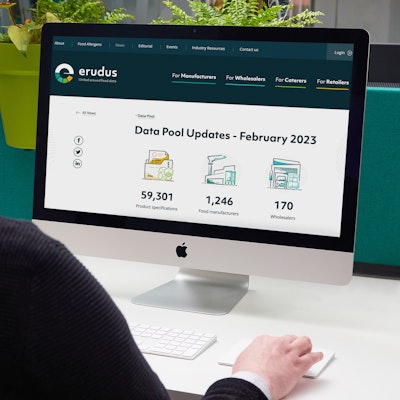Food Safety Cheat Sheet: Cooking
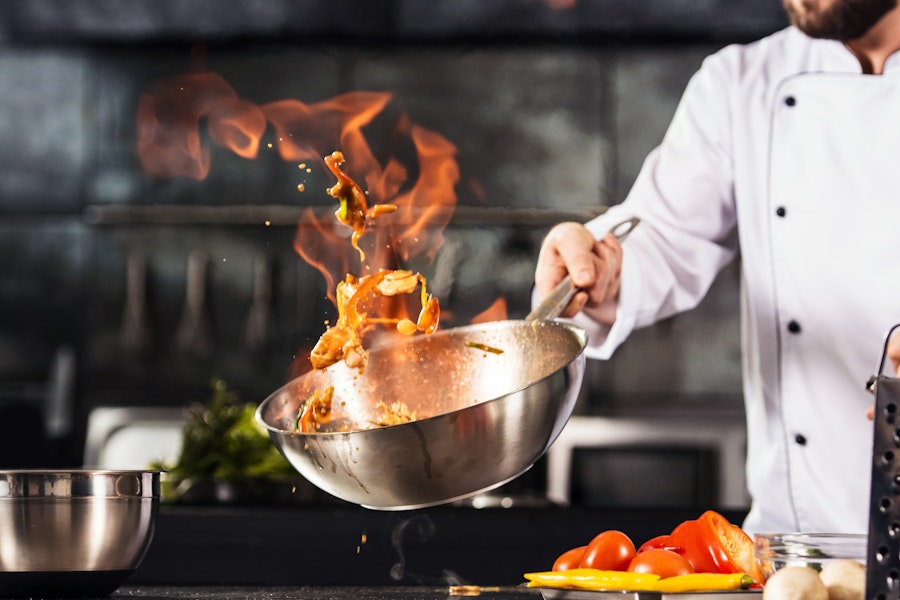
It may seem obvious but one of the most important aspects of foodservice is cooking food safely.
Everyone has their own methods when it comes to getting the best out of their ingredients, but there are some things that should be non-negotiable when it comes to heating and serving your signature dishes.
And so to give you a quick reminder, we’ve put together this easy guide to cooking foods safely…
Bring meat to room temperature before cooking
Meat should always be kept refrigerated, but it takes on the flavours of other food in the fridge, diluting its own taste. By bringing it to room temperature these other flavours will be shaken off and the meat will taste better. However, once the meat does come to room temperature it cannot sit out and must be cooked.
Don’t stuff whole birds
At least not until after the bird has been roasted. Putting stuffing inside the bird before putting it in the oven will mean it takes longer to cook, and so the risk of undercooking is greater.
Preheat the oven
Ovens (and other equipment) should be preheated before anything is cooked in them - if you don’t do this the oven won’t be hot enough to work with the recommended cooking times, which will lead to undercooked food.
Pre-cook poultry
Poultry ideally should be cooked till almost done in an oven before transferring to a grill or barbecue to finish it off for flavour.
Follow the instructions on food labels
Follow a Manufacturer’s cooking instructions when it comes to food products - they will have put time and research into advising on the safest and most effective methods.
Cook frozen vegetables
Although vegetables are sometimes eaten cold, or even raw, it’s likely that frozen vegetables such as peas will need to be cooked before they are safe to eat. Avoid simply defrosting and eating.
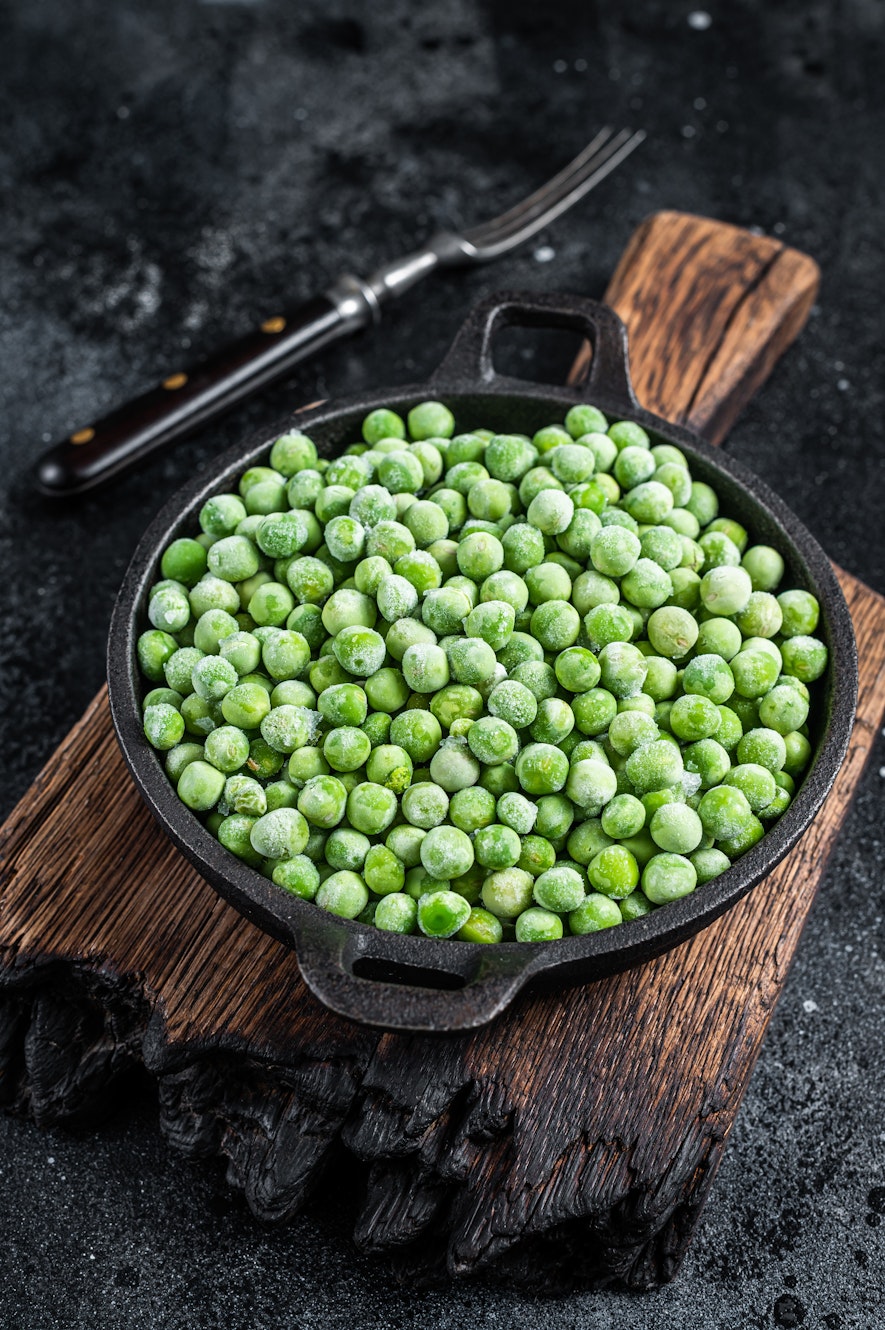
Steak, like a joint of meat, is a “whole cut”, which means that bacteria only ever exists on the surface of the meat and not inside it. This is why steak can be eaten rare.
Burgers aren’t the same as steaks
Burgers, unlike steaks and whole cut joints, contain meat that has been minced and therefore can contai
Sear meat that’s to be served rare
Some “whole cuts” of meat such as steak can be served rare and safely eaten, so long as they have been seared all over in a hot pan. This is to ensure that any bacteria on the surface of the raw meat has been killed before consumption (it also locks in the meat juices for a superior flavour).
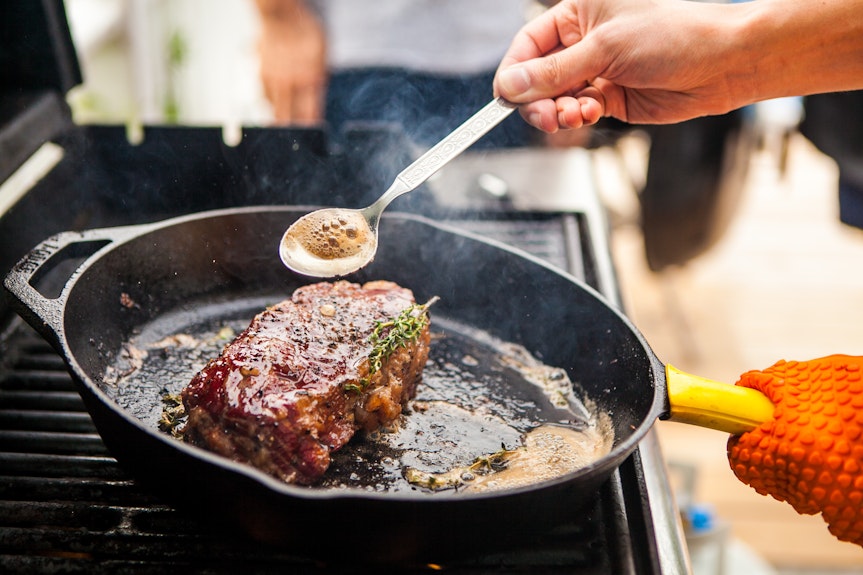
Keep food out of the danger zone
Food is safest when it is a temperature either below 8 degrees celsius or above 60 degrees celsius. Anything in between provides ideal conditions for bacteria to grow. This is why food should be served hot - ideally around 65 degrees celsius.
Cook food until it reaches 70 degrees celsius
FSA guidance advises that food must be cooked at 70 degrees celsius and held at the temperature for at least 2 minutes before serving.
Don’t let raw food drip onto cooked food
When using an oven, grill or barbecue do not place raw food in a position where it might drip juices or oil onto food that is cooked or almost cooked and ready to serve, as it may contaminate the cooked food and make it unsafe to eat.
Rotation is key
When cooking food, whether in a pan or an oven, turn it over frequently. This cook the food more evenly and give a more consistent flavour and texture.
You may also be interested in…
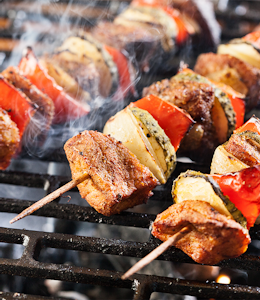
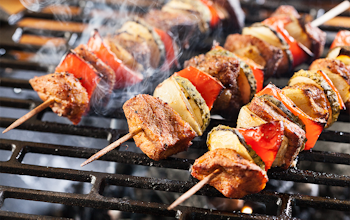
You may also be interested in…
Your Food Safety Cheat Sheet for Summer Dining
ReadMake sure meat juices run clear
When serving meat or poultry it must be cooked thoroughly all the way through. One way to check this is that the juices from the meat run clear.
Cook marinades and sauces till steaming
Any sauce or marinade that has touched raw meat must be cooked till piping hot and steaming before serving.
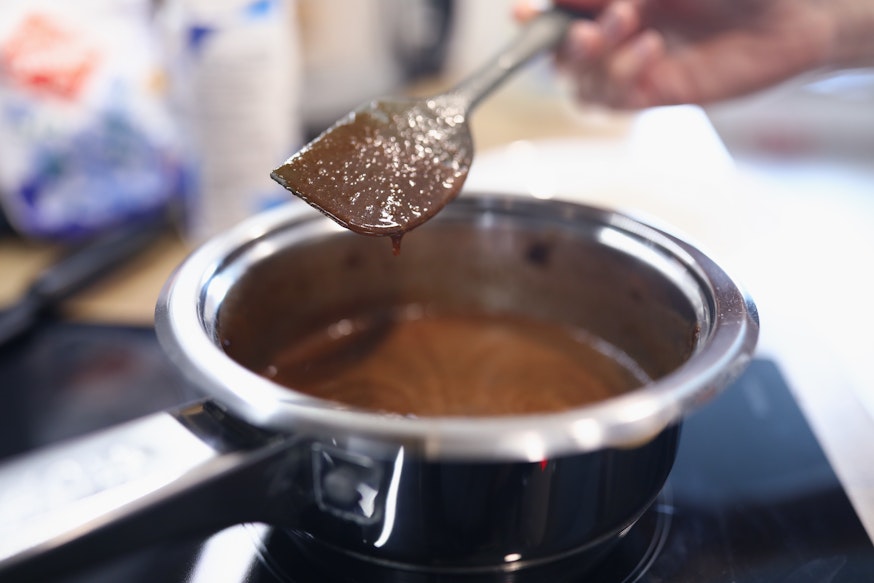
Check the right part of the meat or poultry
When checking the temperature of cooked meat or poultry to make sure it’s safe to eat, always use the thickest part of the meat - such as the leg. This part is the most likely to be undercooked. The same goes for the largest piece or chunk of meat in a curry or stew.
Keep food hot...
After cooking, food must be either eaten, cooled and put in the fridge, or held at 63 degrees celsius for up to 2 hours before doing one of the above.
...And don’t let it hang around
Once food has been cooked, cooled and refrigerated it should be eaten within 2 days.
Reheat food properly
Safely reheating food so that any bacteria that’s had a chance to grow is killed essentially means re-cooking it. The reheated food should be piping hot all the way through and steaming. This can only be done once.
Further Information
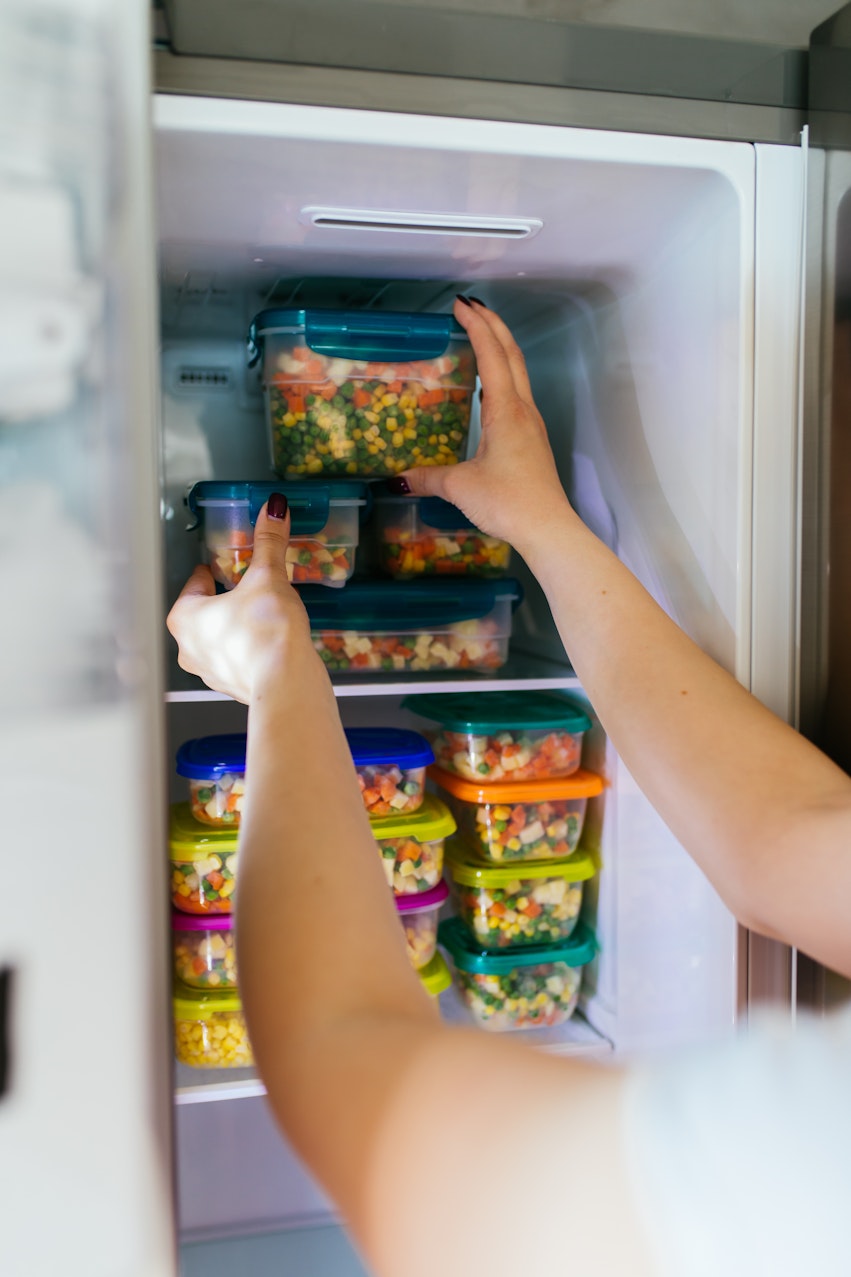
You may also be interested in…
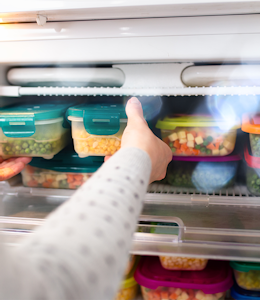
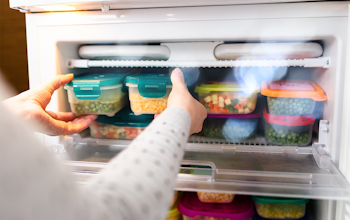
You may also be interested in…
Food Safety Cheat Sheet: Chilling Foods Guidance
ReadYou may also be interested in…
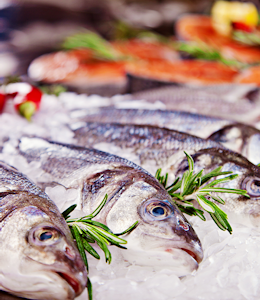
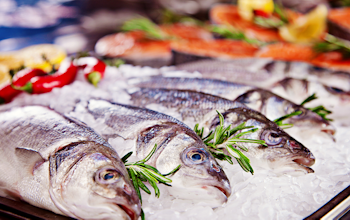
You may also be interested in…
